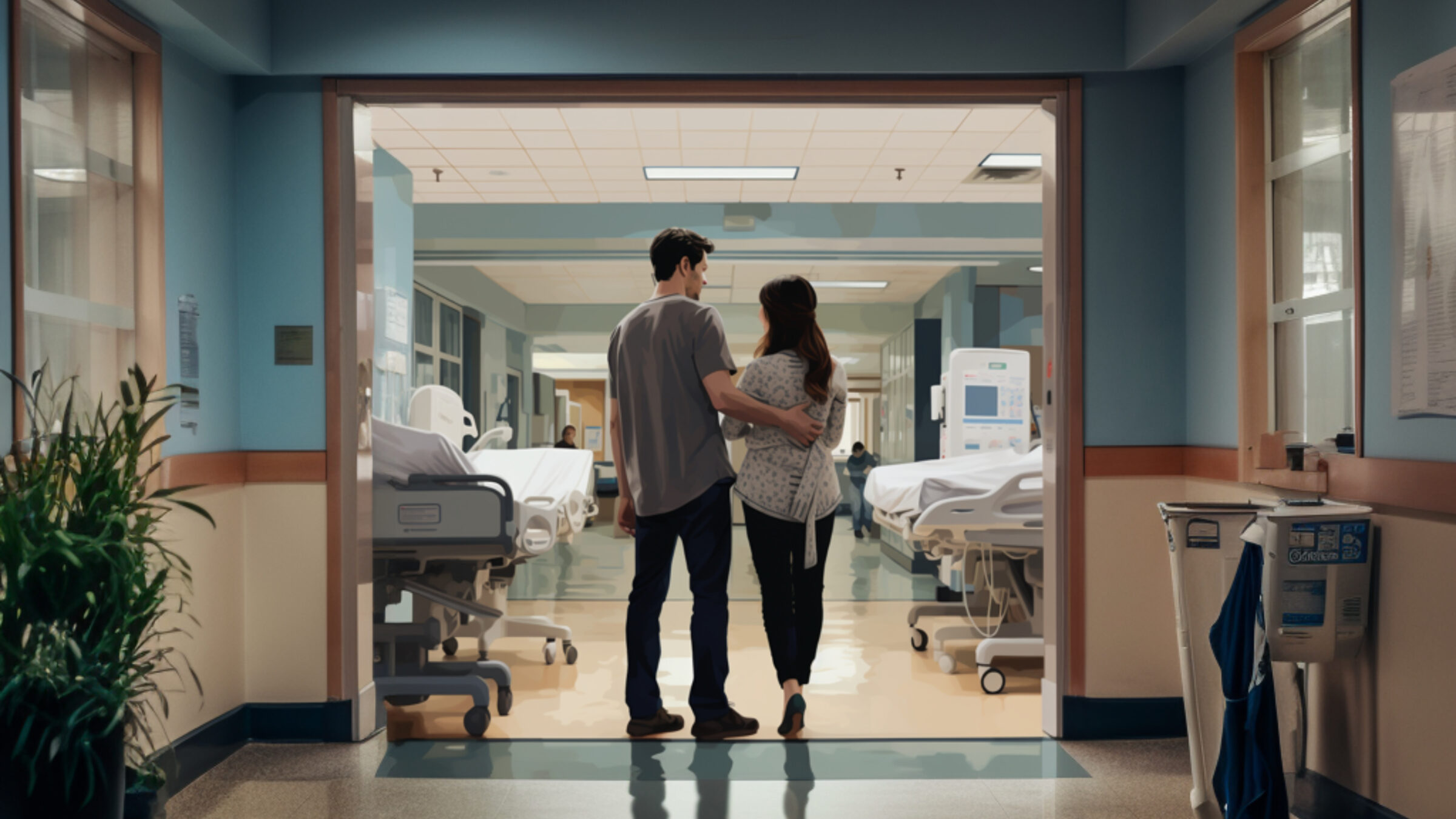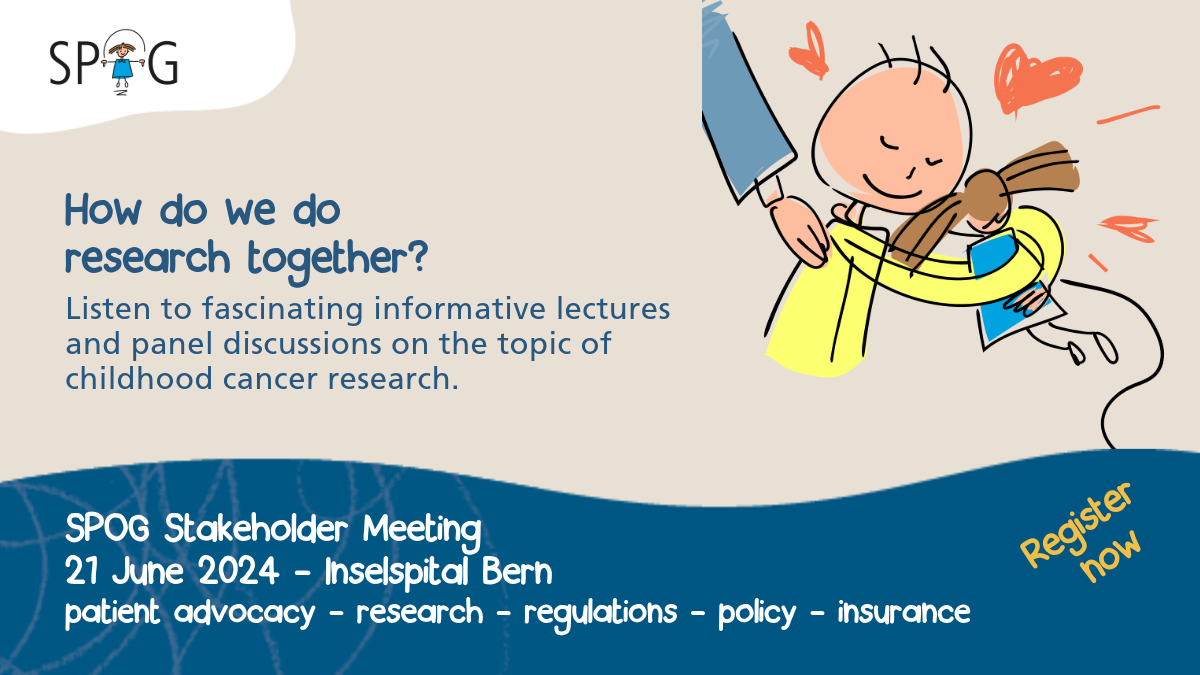A rare case: Ruth has an aggressive brain tumour

A long-held wish was fulfilled when Nathalie found out she was expecting her baby Ruth*. Nathalie and Andreas’s happiness was complete when the little girl finally arrived, and they couldn’t get enough of the perfect little being. The first six months where a whirlwind in which lack of sleep alternated with new worries and the greatest imaginable happiness. But suddenly everything changed. Ruth had a seizure and Nathalie and Andreas immediately took her to the emergency department at the hospital. An X-ray showed that their daughter had a brain tumour.
Ruth has an atypical teratoid / rhabdoid tumour, a very rare but highly aggressive brain tumour that occurs mainly in infants and toddlers under 24 months old. Rapid diagnosis and treatment are vital factors in the prognosis. Although progress made in recent years has already improved the chances of a cure, the prospects for a cure are unfortunately not really positive yet. Treatment is a combination of surgery, radiation therapy and chemotherapy.
In Switzerland, about two to three children a year are affected by this disease. The Swiss Paediatric Oncology Group SPOG is offering them access to the SIOPE ATRT01 study, the long-term objective of which is to help reduce the number of side effects to which the young children are exposed and to give them a better prospect of a cure.
When we talk to Nathalie and Andreas they are on the way back to their daughter’s room at the hospital. She underwent surgery two days ago. The parents look exhausted, and Andreas tells us that he has not yet had time to process everything that has happened. It was all different just a week ago. The little girl has come through surgery well. But her parents are aware that this is just the first step along the lengthy path ahead of them. The next step will be radiation therapy, followed by chemotherapy. The chances of a cure are uncertain, and the burden on the parents is evident. Yet they are still trying to remain positive about the future.
Ruth’s story is the sad reality for some young families. Support the clinical research into childhood cancer carried out by SPOG now to ensure the future of studies to improve the quality of life and to increase the chances of a cure for children with cancer like Ruth.
Help to give a future to children and adolescents with cancer.
* Ruth is an imaginary person who represents all children and adolescents battling cancer.




